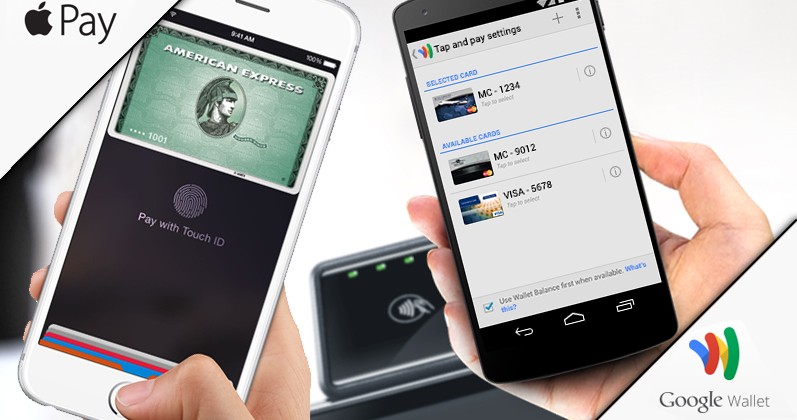Why bother launching an Android retail app?

We know that Android holds the majority share of the global smartphone operating system market. Still, the speculations around whether Android device users actually embody a profitable customer demographic, have knocked it down the list of priorities for many retailers. It is important however to remember that this operating system actually offers various unique benefits that speak against this scepticism:
1. No App Store Autocracy
Whilst iOS apps can be downloaded exclusively through the App Store, Android apps can be downloaded from anywhere, not just Google Play. The manufacturers of Android-run devices offer their own app stores: there’s one for Samsung, Amazon, Xiaomi, and several smaller Chinese vendors. This adds additional possibilities to driving app downloads, and promoting your app using third parties. However, there are also other tactics that can be used to increase app downloads in general – check out four tips for promoting your retail app that Cally Russell, founder of Mallzee, shared with us.
Google’s iPhone app is built to Android Lollipop Material Design guidelines (Source: TechCrunch)
2. Cutting-Edge Tech and Design Advances
Android is open source, while iOS is a closed system. This means that Android is becoming more cutting-edge thanks to its ecosystem of contributors that are constantly improving the code base, whilst iOS is dependant on Apple alone. Android was also the first to support innovations such as WiFi Direct, NFC-enabling, and multiple user accounts. It’s important to note that the open source nature of Android makes it more vulnerable to malware, meaning that Android apps should be built on stable platforms.
Android Lollipop, the newest version of the Android OS, also offers more interactive user interface design possibilities than iOS, thanks to advances in Material Design. Material Design features gesture feedback and smooth interface animations, making the experience more interactive and fluid. You can check out an example here.
3. Cashless Payments Via NFC
There’s been a lot of talk about Apple Pay, but the benefits of the Apple Pay concept are not exclusive to iOS users. Android devices have been enabled for NFC (Near Field Communication), the same technology that is used by Apple Pay, for much longer than iOS devices have. Also Google Wallet has been around for longer than Apple Pay, though its usage possibilities were not promoted extensively – until now.
Google is advancing further into the payment space. With Google’s acquisition of Softcard, the ability to use Google Wallet for “tap and pay” contactless payments facilitated through NFC is set to become a direct rival to iOS Apple Pay, especially now that we know that Google Wallet will come pre-installed on various Android phones. Google have also made it possible to send money via Gmail – although this is yet to become available for mobile.
4. The Elusive Affluent Android Audience
Poq research recently revealed that, whilst the overall Android demographic may show lower conversion rates than iOS users, conversion rates of high-end Android device owners actually rival those of iPhone users. Additionally, sessions on Android shopping apps are growing at a phenomenal pace – up by 220% from last year. This makes the Android mobile channel an important one, https://backuplivepoqcommerce.kinsta.cloud/2015/02/different-ios-users-android-users/not only in terms of making yourself accessible to your whole customer base, but also in terms of driving revenue.



